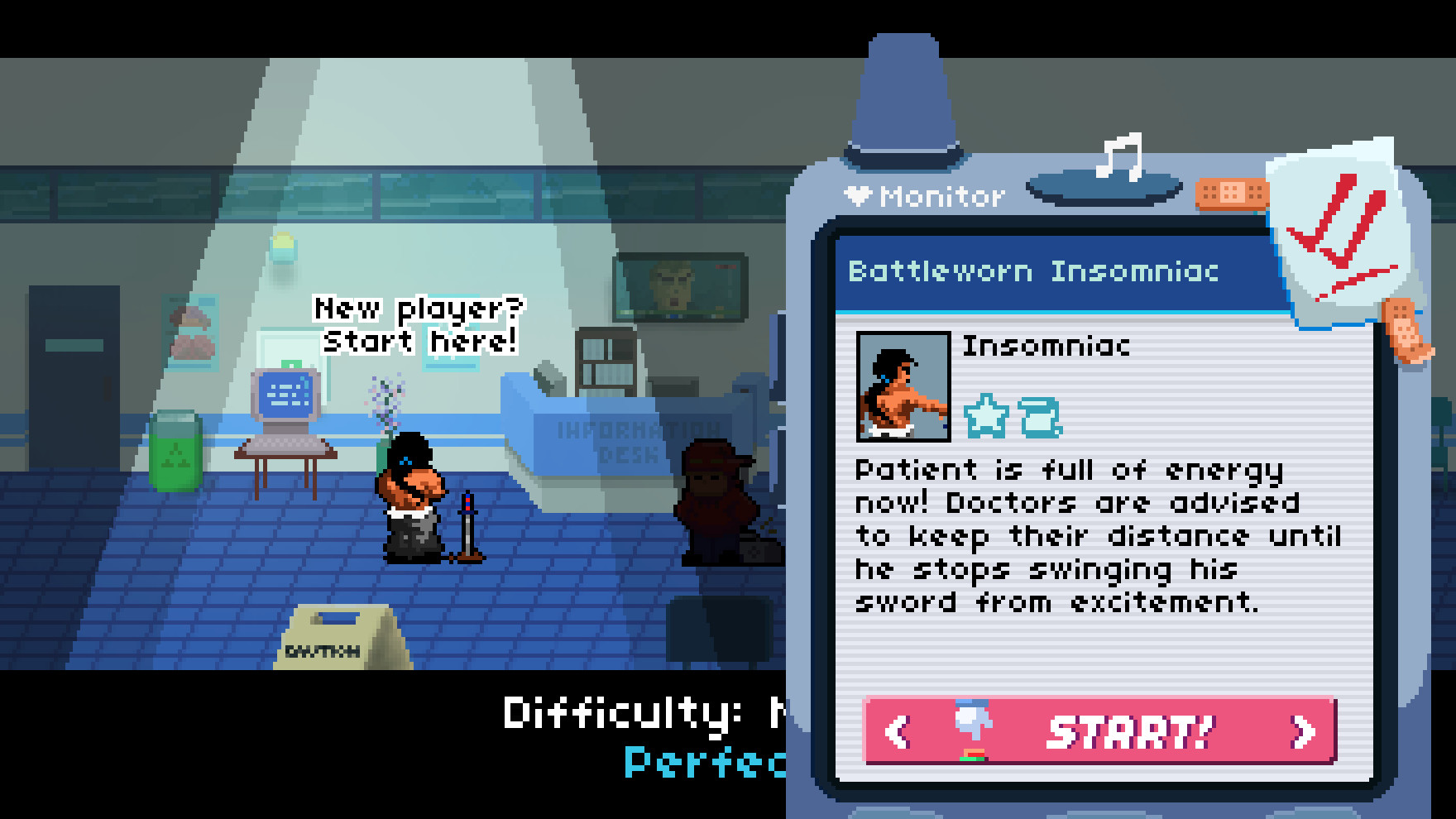

#Kind of doctor who resets heart rhythm skin
Hair on your chest may be shaved before the electrodes are applies to improve the contact between the skin and electrode.īlood pressure monitor: A blood pressure cuff will be placed on your arm to monitor your blood pressure often throughout the test.

The electrodes are attached to an electrocardiograph monitor (ECG) that charts your heart’s electrical activity.

The nurse will connect you to several monitors:Įlectrocardiogram (ECG): Electrodes (small, flat, sticky patches) will be placed on your chest. An intravenous (IV) line will be inserted into a vein in your arm or hand so medicine can be delivered when needed. When you arrive the nurse will explain what will be done before, during and after the procedure. What is done during the synchronized cardioversion? You will not be able to drive or take a taxi home after the procedure because of the medicine you will be given to make you drowsy.Ĭheck in at the main desk and they will direct you to the Minimally Invasive Diagnostic Center (MIDC) waiting area. You will be given a gown to wear.Īsk a companion (family member or friend) to pick you up after your procedure and take you home. Wear clothing you can remove from the waist up. Please arrive 60 minutes before your test is scheduled. You may be asked to hold certain medication.īring your blood glucose monitor, test strips and medication if you have diabetes. Take your oral medicines with a small sip of water. This includes coffee, decaffeinated coffee, tea, decaffeinated tea, herbal tea, soda pop and chocolate. They will be available to answer any questions you may have.ĭo not eat food or drink liquids for at least 6 to 8 hours before the test.Īvoid caffeine sources for 24 hours prior to this test. If this is done you will receive the Test Facts on TEE also.īefore the procedure, your doctor will explain the procedure in detail, including possible complications and side effects. Your doctor may recommend you have TEE before synchronized cardioversion as part of your evaluation at National Jewish Health. Sometimes a procedure called transesophageal echocardiogram (TEE) is done before synchronized cardioversion. The electrical shock is synchronized so it happens at the appropriate time during the heart beating cycle. Synchronized cardioversion is a procedure where an electrical shock is used to reset the rhythm of your heart. Your doctor has suggested you have a procedure called synchronized cardioversion because of an abnormal heart rhythm.


 0 kommentar(er)
0 kommentar(er)
